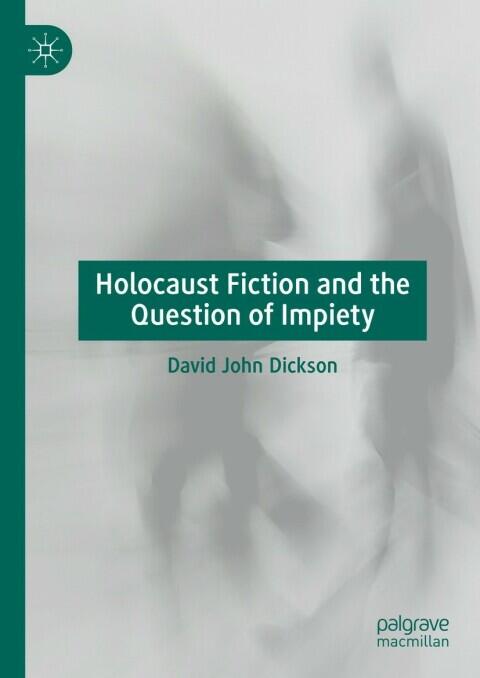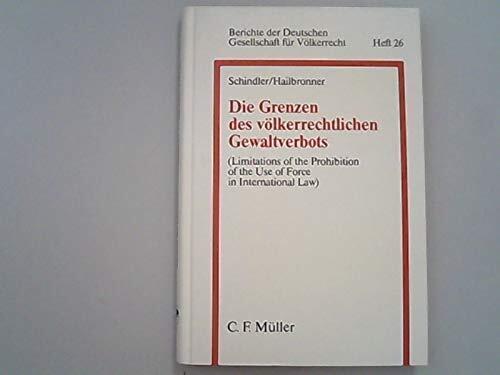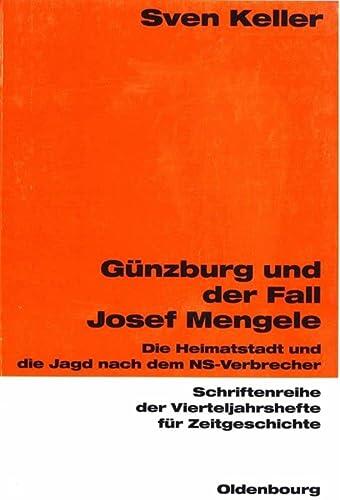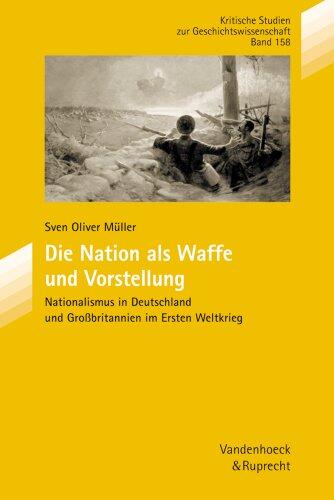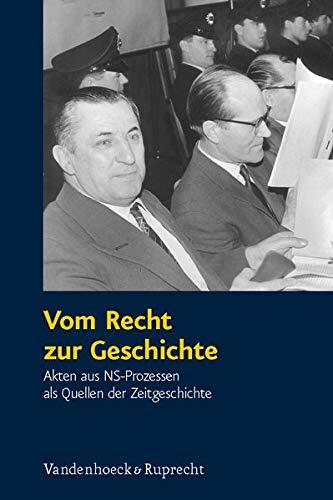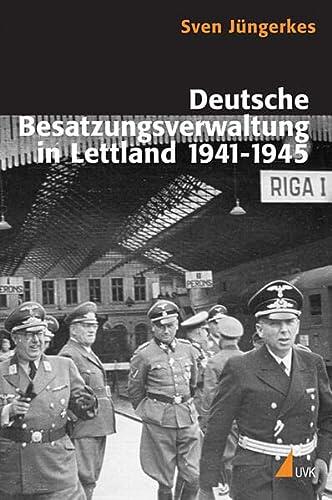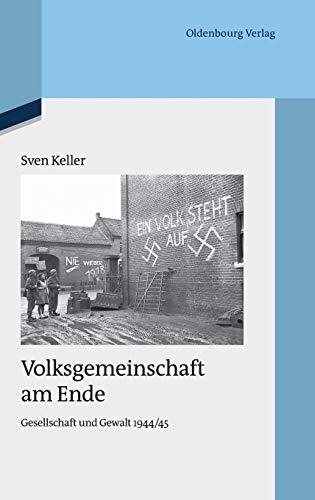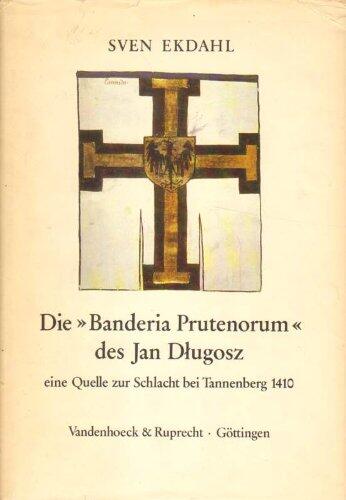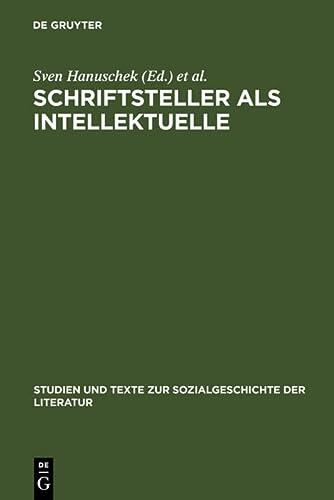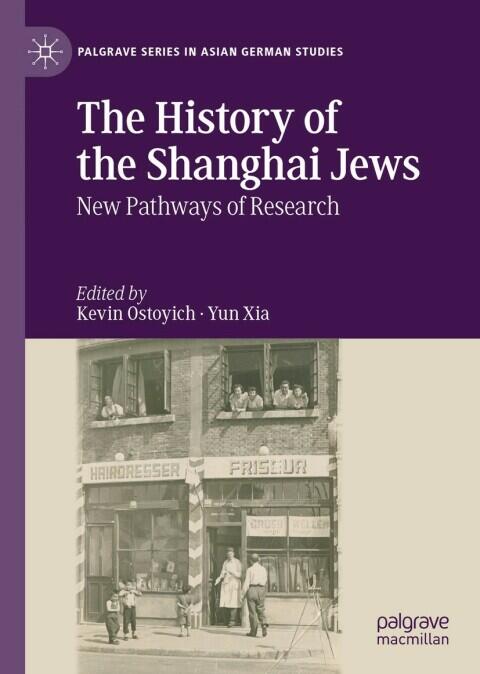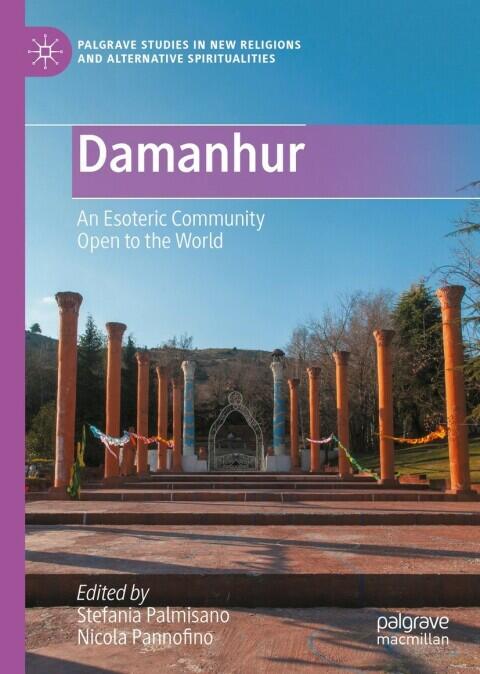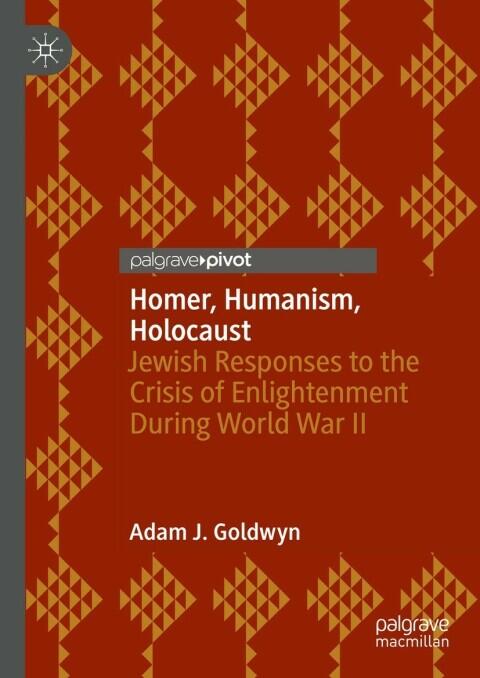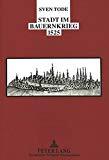
Stadt Im Bauernkrieg 1525: Strukturanalytische Untersuchungen Zur Stadt Im Raum Anhand Der Beispiele Erfurt, Mühlhausen/thür., Langensalza Und Thamsbrück
작성자
Sven Tode
아직 평점이 없습니다
Action & Adventure
History
형식
페이퍼백
페이지
375
언어
독일어
출판됨
Jan 1, 1994
출판사
P. Lang
ISBN-10
3631472404
ISBN-13
9783631472408
설명
Sven Tode delves into the historical complexities of urban life during the tumultuous period of the Peasants' War in 1525. Focusing on specific towns such as Erfurt, Mühlhausen, Langensalza, and Thamsbrück, he examines how these cities were affected by the socio-political upheaval and the structural changes that ensued. His research sheds light on the interplay between local governance and the broader socio-economic dynamics at play during a pivotal moment in German history.
The author's meticulous analysis paints a vivid picture of the cities caught in the conflict, offering insights into the lived experiences of their inhabitants. Tode’s work highlights not just the historical facts but also the implications these events had on shaping urban structures and community resilience in the face of adversity. By contextualizing each location within the larger narrative of the Peasants' War, Tode invites readers to reconsider the significance of these cities in the broader tapestry of German socio-political evolution.
Through rigorous structural analysis, Tode provides a framework for understanding how urban centers navigated the challenges of rebellion, reflecting on the varied responses from both authority figures and the populace. This study serves as a vital resource for historians and anyone interested in the intricate relationship between society and urban development during a time of significant strife.
The author's meticulous analysis paints a vivid picture of the cities caught in the conflict, offering insights into the lived experiences of their inhabitants. Tode’s work highlights not just the historical facts but also the implications these events had on shaping urban structures and community resilience in the face of adversity. By contextualizing each location within the larger narrative of the Peasants' War, Tode invites readers to reconsider the significance of these cities in the broader tapestry of German socio-political evolution.
Through rigorous structural analysis, Tode provides a framework for understanding how urban centers navigated the challenges of rebellion, reflecting on the varied responses from both authority figures and the populace. This study serves as a vital resource for historians and anyone interested in the intricate relationship between society and urban development during a time of significant strife.

